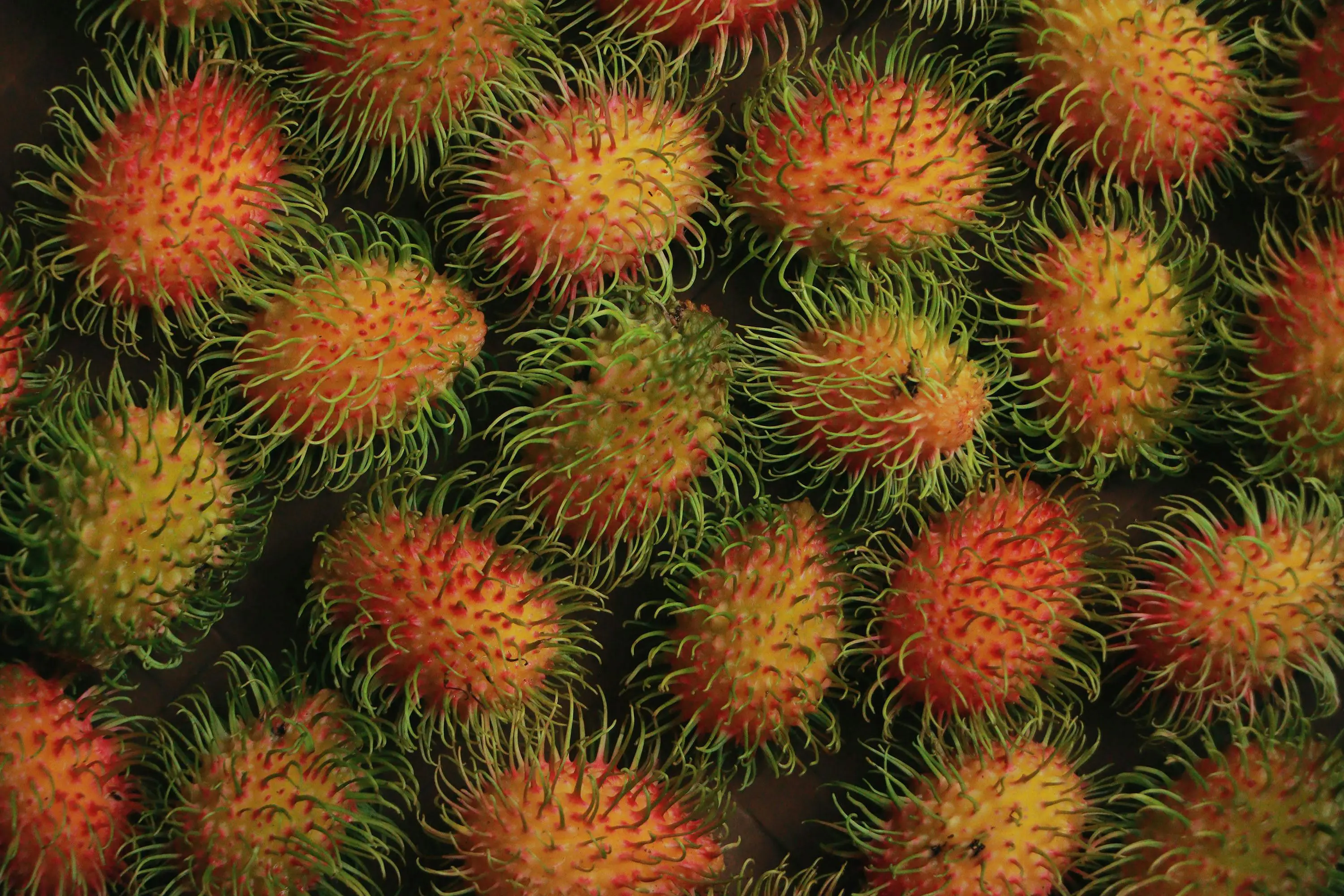A Guide to Indonesian Rambutan Varieties for Global Importers

Rambutan: The Exotic Jewel of Southeast Asian Orchards
With its vibrant, hairy exterior and sweet, translucent flesh, the rambutan (Nephelium lappaceum) is one of Southeast Asia's most iconic and visually striking fruits. For international importers, it represents a fantastic opportunity to offer customers a truly exotic and delicious experience. Indonesia, as a center of rambutan biodiversity, cultivates several superior commercial varieties, each with unique characteristics.
Understanding the differences between these cultivars is key to sourcing a product that will delight consumers. This guide will explore the top rambutan varieties exported from Indonesia, helping you choose the best fit for your market.
Decoding the Varieties: More Than Just Red and Hairy
While they may look similar to the untrained eye, different rambutan varieties offer distinct experiences in taste, texture, and ease of eating. The term "ngelotok" is a crucial Indonesian quality descriptor, meaning the flesh separates cleanly and easily from the seed.
1. Binjai: The Widely Acclaimed Champion
Often regarded as the king of rambutans, the Binjai variety (originating from the Binjai region of North Sumatra) is the most sought-after for export due to its near-perfect combination of traits.
- Flavor: Exceptionally sweet with a well-balanced hint of acidity, creating a refreshing and satisfying taste.
- Texture: The flesh is thick, firm, and very juicy.
- Key Feature (Ngelotok): The flesh is almost completely detached from the seed, making for a clean and enjoyable eating experience with no bitter seed skin attached.
- Appearance: Bright red skin with long, vibrant spinterns (the "hairs").
2. Rapiah: The Small but Mighty Contender
The Rapiah variety is another premium cultivar, prized for its flesh quality, though it is typically smaller and less visually vibrant than the Binjai.
- Flavor: Very sweet and fragrant with low water content, resulting in a more concentrated flavor.
- Texture: The flesh is thick, slightly drier, and crisper than the Binjai.
- Key Feature (Ngelotok): Like the Binjai, it is known for being fully "ngelotok," separating cleanly from the seed.
- Appearance: The skin is often a mix of yellowish-red, and the spinterns are shorter and less dense. While its appearance is less striking, its eating quality is superb.
3. Lebak Bulus: The Common, Juicy Favorite
This variety is one of the most common and widely available in Indonesia, known for its high juice content.
- Flavor: A good balance of sweet and sour.
- Texture: Very juicy and soft flesh.
- Key Feature: This variety is often "nempel," meaning the flesh tends to adhere to the seed, which can be less desirable for some premium markets but is perfectly acceptable for others.
- Appearance: A classic bright red appearance with dense spinterns.
Export Considerations for Fresh Rambutan
Rambutan has a relatively short shelf life, making post-harvest handling and logistics absolutely critical.
- HS Code: The Harmonized System code for fresh rambutan is 0810.90.
- Harvesting: Rambutans are harvested in full bunches to minimize damage to individual fruits and are never picked from the ground.
- Packaging: They are packed in ventilated plastic crates or corrugated cartons, often with moisture-absorbing pads, to maintain freshness and prevent the spinterns from drying out.
- Shipping: All export is done via air freight or in tightly controlled sea freight reefer containers (for shorter routes) to ensure they arrive in prime condition. The optimal temperature is around 10-12°C.
Partnering for Quality and Freshness
At PT Sinar Sunda Nusantara, we have deep-rooted connections with rambutan growers across Indonesia. We understand the specific handling requirements of each variety and can source premium Binjai and Rapiah rambutans that meet the stringent quality standards of international markets.
Our team oversees the entire process, from selective harvesting and careful packing to efficient logistics, to deliver the freshest possible product to your business.
Ready to add this exotic Indonesian delight to your fruit selection? Contact us today to learn about seasonal availability and to receive a quote.